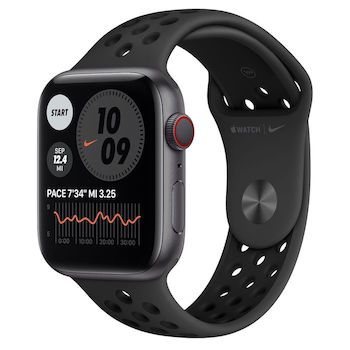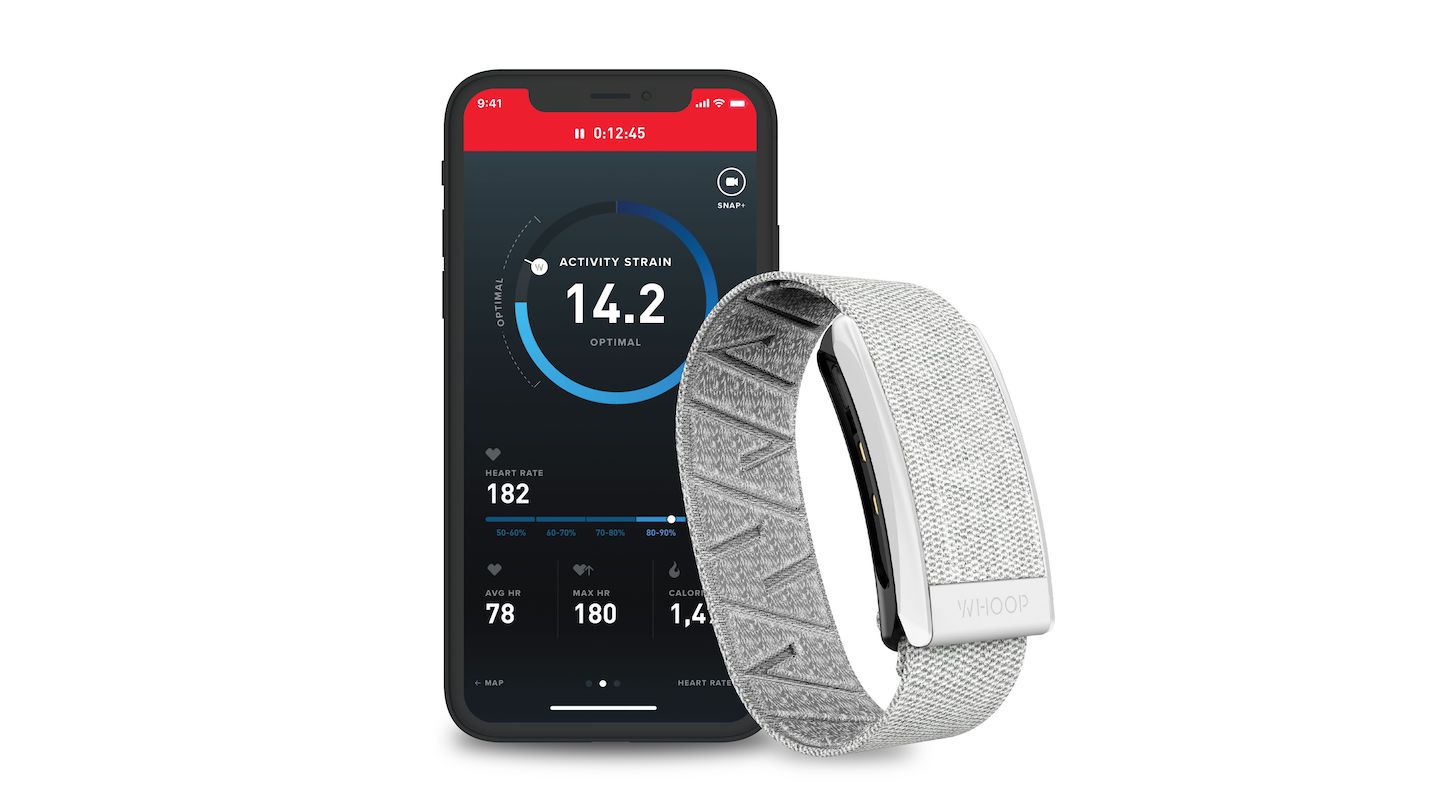Over the last few years, the general population has become increasingly more interested in fitness tracking, health metrics, and other associated smart wearables. Whereas heart rate monitors were once the realm only of fitness enthusiasts and professional athletes, it is now common to see the average individual tracking their heart rate, blood oxygen, and daily steps.
My Early Experience with Fitness Metrics Link to heading
I first started counting my steps back when it was added to the iPhone 5s, around 2013, mostly as a curiosity. I didn’t pay attention on a day to day basis, but would occasionally look to see how many steps it estimated I had taken on particularly busy days. I continued to track steps through my switch to Android in 2015 (mostly in the background), and I would occasionally check my heart rate and blood pressure using a wrist cuff at home, but never really paid much attention to the results. I also picked up a smartwatch (Android Wear) in the 2017-2018 timeframe, but again, I never really paid attention to the information it could collect other than to note it when I was bored and looking at health information on my phone.
That would probably be the end of the story, had I not taken up cycling in the summer of 2018. Cyclists frequently track their heart rate, VO2 Max, and cadence (in RPMs), and so I began to track the same metrics using a Garmin bike computer and chest strap. However, I still rarely used the information beyond the initial logging step, and to compare to friends who I was cycling with. I did do some studying to understand what I was looking at, but it really didn’t change how I rode.

Enter the Apple Watch Link to heading
In September of 2019, I once again switched phone OSes, and returned to Apple’s ecosystem with the iPhone 11 Pro Max (see this blog post for more information). At the same time I picked up the latest Apple Watch, partially out of curiosity (to see how it performed compared to the WearOS/Android watches I had used before), and partially because I like the ability to check messages, notifications, time and date, and other bits of info without pulling out my phone. I was moderately blown away by how well the Apple Watch performed when compared (it was nearly flawless), and as I continued to experiment with what the watch could do, I began to pay more attention to the health and fitness metrics it could collect in conjunction with Apple Health. While the heart rate monitor was perhaps not quite as accurate as a chest strap or the medical devices found in doctor’s offices, it was pretty good, and much more convenient (I mean, have you ever worn a chest strap?). I began to notice when I was nervous that my heart rate would spike (obvious, but I had never paid attention before), and I could easily keep an eye on how hard I was pushing myself during the occasional workout. However, I never really got into the gamification that Apple has built in (comparing yourself to your friends, and trying to “close all your rings”).
And then came 2020, and SARS-CoV-2. As is my usual, I occasionally did my own research (beyond what was found in the media) on early symptoms, along with related complications, and came to the conclusion that monitoring my average heart rate was perhaps slightly more important now than it once was. I also wanted to keep an eye on my blood oxygen, and so in the Fall I upgraded from my Apple Watch Series 5 to a Series 6. I still didn’t really watch the metrics on a day to day basis, but I did begin to look at my weekly averages in Apple Health, just to get a baseline for what is normal for my body with the amount of exercise I normally get.
Around the same time that I picked up the Series 6, I began to try out the Apple Fitness sharing options with a few friends. I didn’t compete very much, but it did push me to do more exercise than I normally would. I suppose I shouldn’t be surprised. There’s a reason that many companies have tried to gamify things, from fitness to productivity, and everything in between.
And that takes me to this year: 2021! I set out at the beginning of the year to try to get in 30 minutes of exercise daily. Using my Apple Watch to track the workouts is a good way to push myself to not shorten the workout arbitrarily because I got tired or bored, and the friendly competition with friends helps too. I am paying closer attention to metrics during my workout too, and increasing or decreasing the intensity of the workout based on what I’m seeing. And I haven’t stopped there.

Along Came Whoop Link to heading
Earlier this week I ordered a wrist strap from Whoop, which arrived Thursday. Why Whoop? The Apple Watch tracks many metrics, but it doesn’t necessarily give me feedback on if I should increase or decrease the intensity, or what state my body is really in. Whoop, on the other hand, is more aimed at athletes, and so it is designed to estimate your daily strain, recovery, and sleep (based on heart rate). I’ve heard many athletes rave about how much they like their Whoop straps, and so I decided to give it a try. I’m nowhere near begin even an amateur athlete, but I was curious to see what information it could provide, and if I could use it to improve my workouts and my health in general.
And so, for at least the next month, I’m wearing two wristbands: my Apple Watch, and my Whoop strap, one on either arm. I plan to report back on my experience, and potentially compare the information, to see what I think. So far I’m very impressed with the data it provides, though it’s still early enough in my trial that I can’t utilize all of the information yet (it needs time to learn my normal routines).
But What About Privacy? Link to heading
I’m sure this question will have arisen in some readers’ minds (it would have mine): what about privacy? Isn’t that a lot of data to give to share with a company? In a word, yes, it is. However, I have not found a good alternative that still allows me to collect the information I currently want, without adding a lot of extra work on my end. Also, Apple’s privacy statement at least claims that they back up the data in such a way that even they cannot read it. Whoop’s privacy principles are a bit more concerning, and I still haven’t decided for sure if I’m comfortable with them (hence why I’m currently only on a one month trial, and have not invested heavily in the system yet).
Also, while my Apple Watch has access to location data, that is not data that I haven’t already decided to share with Apple (I do use their phone + their Maps app). Whoop, on the other hand, can only track location data if I intentionally open their app and share it while recording an activity, which is optional. From my understanding there is nothing to be gained by doing that, and the strap itself cannot track location.
But What About FOSS? Link to heading
I am, in general, a Free and Open Source Software advocate. So why not use a FOSS solution? First of all I’ve yet to even find a good FOSS solution for fitness metric tracking, especially if I don’t want to either build it myself, or do a lot of set up and maintenance. In an ideal world I would rather host my own server to collect and store my data on, but at this time that doesn’t seem like a realistic option. On top of that, I do kind of like the sharing and competition abilities with friends, and it is highly unlikely that I could convince them to move to a homebrew or self-hosted solution that they would have to do some amount of upkeep on.
Is Fitness Tracking Worth It? Link to heading
Is tracking a bunch of health and fitness metrics ultimately worthwhile? I don’t have a good answer for that. For me personally, currently, yes. Tracking metrics provides me with some peace of mind (I know if things are out of the ordinary), and it encourages me to pursue fitness more, where my normal inclinations are to be sedentary. Will my mind change in the future? If the past is any indicator, probably. But for now, I’ll keep going with this experiment, and see what I can learn from both the Apple Watch and the Whoop strap. If it helps me to continue to improve my life, then I think it has been worthwhile.